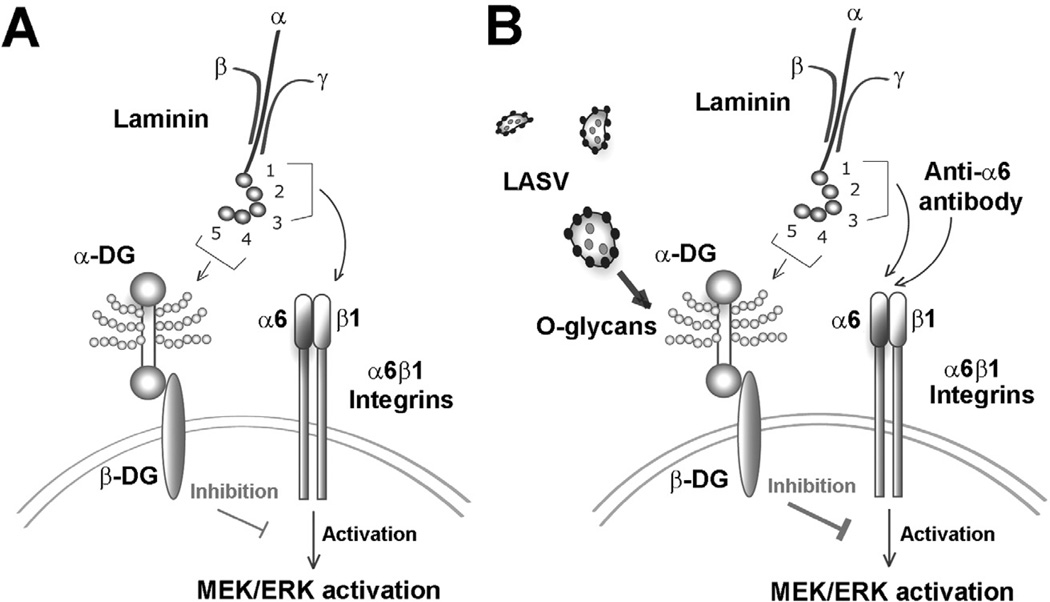Fig. 8. Working model: binding of LASV to DG perturbs signalling cross-talk with β1 integrins.
A. Binding of laminin to cellular DG modulates MEK/ERK signalling through α6β1 integrins: laminin engages cellular DG via the LG domains 4 and 5 of the α1 chain (Hohenester et al., 1999) and binding critically depends on α-DG-linked O-glycans, in particular sugar polymers attached by LARGE (Kanagawa et al., 2004). Binding of laminin to α6β1 integrins involves the LG domains 1–3 of α1 (Hohenester et al., 1999) and results in activation of MEK/ERK signalling (Ferletta et al., 2003). Simultaneous binding of laminin to DG via LG4/5 inhibits activation of MEK/ERK via α6β1 integrins (Ferletta et al., 2003).
B. High-affinity binding of LASV to cellular α-DG perturbs the signalling cross-talk between DG and α6β1 integrins (this study): binding of inactivated LASV and LASV pseudotypes to cellular DG inhibits activation of α6β1 integrins via laminin or a signalling-inducing antibody to α6. The effect of LASV on α6β1 integrin signalling depends on the functional O-glycosylation of α-DG and the cytoplasmic domain of β-DG. The nature of the inhibitory signal induced by binding of laminin LG4/5 and LASV is currently unknown.

